Last updated: March 6, 2023
Article
National Park Service partners with Boise Fire Department for new structural fire academy
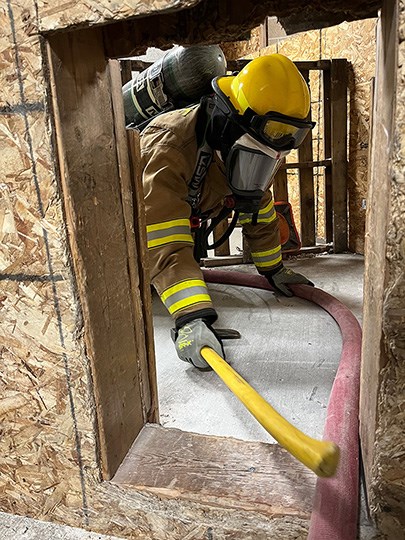
NPS/B BEATY
Firefighter I and II (I/II) is one of the Pro Board accredited courses for NPS structural firefighters. During the first 12 weeks of the hybrid 15-week course, students learn online while completing hands-on skills worksheets supported by other firefighters in their parks. Once the online portion is completed, the candidates attend a three-week fire academy in Boise, Idaho.
Previously, the NPS Structural Fire Academy had been hosted at Glen Canyon National Recreation Area (NRA) in Arizona. Over the years that Glen Canyon NRA hosted the academy, the team there was instrumental in conducting fire academies and improving the NPS Structural Fire training program. NPS chose to move the academy to Boise to be closer to the program’s headquarters.
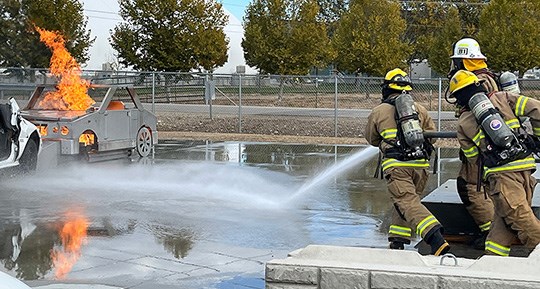
NPS/C STEVENSON
Twenty-four students attended the inaugural three-week NPS Structural Firefighting Academy in Boise in October-November 2022. The quality training ground infrastructure lent itself to an outstanding experience for the students. The academy courses built on the foundation of what students learned from the online portion of the course.

NPS/C STEVENSON
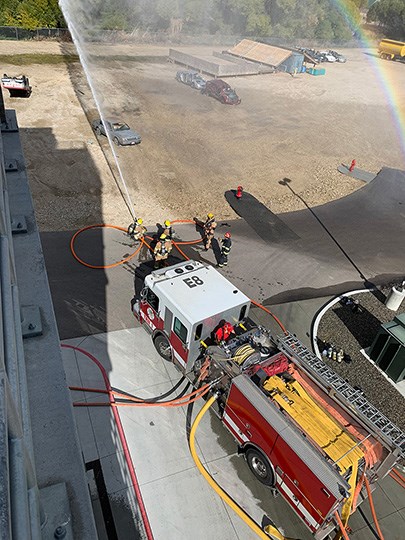
NPS/B BEATY
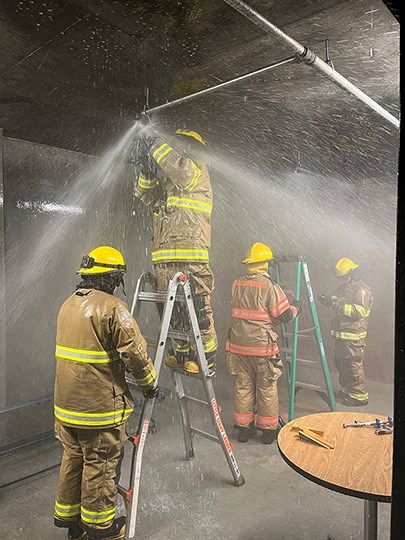
NPS/B BEATY
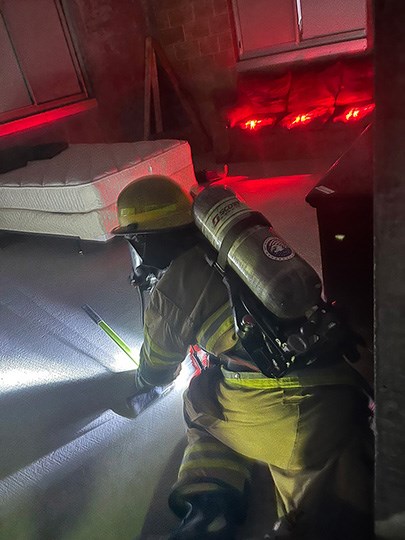
NPS/B BEATY
